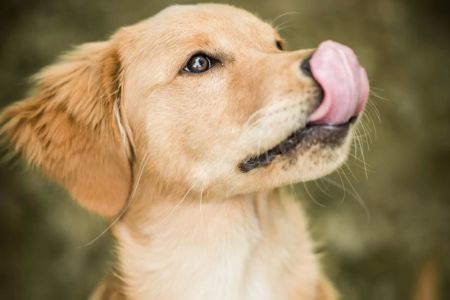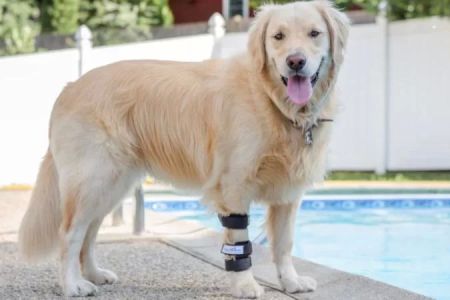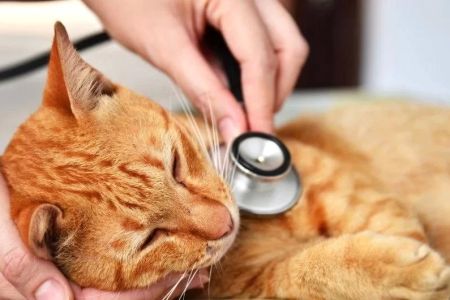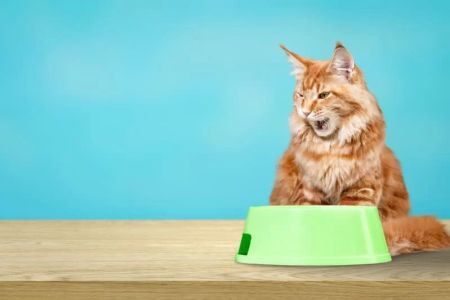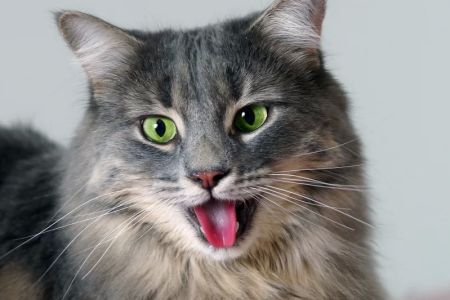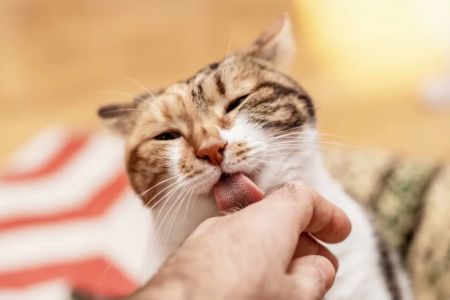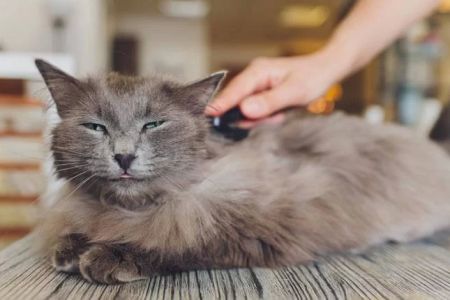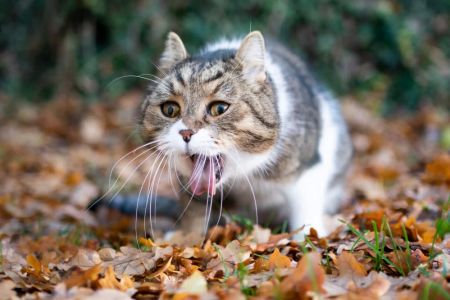Why Is My Dog Yawning So Much and Licking Its Lips?
If you’re like me, you’ve probably noticed your dog yawning excessively or licking its lips during certain situations. At first, I didn’t think much of it, but over time, I started to realize these behaviors might mean something more. As a pet owner, it’s essential to understand your dog’s body language and behavioral signs, especially when it comes to things like yawning and lip licking. These can be signals that your dog is trying to communicate something important, such as stress, anxiety, or even health concerns.
1. Anxiety and Stress: A Common Cause for Excessive Yawning
When I first noticed my dog, Max, yawning more than usual, I didn’t immediately connect it to stress. However, after a few trips to the vet and some research, I learned that excessive yawning can be a clear sign of anxiety in dogs. Dogs, like humans, experience stress, and their body language often speaks volumes. Yawning, especially when it’s not due to tiredness, is one of the ways dogs signal that they’re feeling uneasy.
Think about it—when you’re nervous or anxious, how often do you find yourself yawning? Dogs do the same thing! In stressful situations—like a car ride to the vet, a loud thunderstorm, or even meeting new people—dogs may yawn as a coping mechanism. It’s their way of trying to self-soothe. I remember how Max would start yawning before we arrived at the vet’s office, and now, I recognize it as a sign that he was feeling stressed.
2. Lip Licking: A Subtle but Powerful Signal
Another behavior I noticed in Max was lip licking. Initially, I thought he was just being cute or cleaning himself, but over time, I realized lip licking is often a sign of discomfort or anxiety in dogs. This behavior, like excessive yawning, can be a subtle yet powerful way for dogs to communicate how they’re feeling. For example, when Max was around new people or in unfamiliar environments, he would lick his lips repeatedly. This wasn’t just a random behavior—it was a clear signal that he was anxious.
Lip licking can also occur when a dog is experiencing tension, such as before an interaction with another dog, or during a stressful moment, like when there are loud noises or unfamiliar smells. Sometimes, dogs lick their lips to calm themselves or avoid confrontation. If you notice your dog constantly licking its lips without any food around, it’s a good idea to pay attention to the context and see if stress or anxiety might be the root cause.
3. The Connection Between Yawning, Lip Licking, and Health Issues
While excessive yawning and lip licking are often linked to anxiety and stress, they can also be signs of underlying health problems. This was something I learned the hard way when Max started showing these behaviors more frequently. After a thorough check-up with the vet, I discovered that Max’s excessive yawning and lip licking were actually related to dental pain. Sometimes, these behaviors can be linked to discomfort from dental issues, such as tooth decay or gum disease.
If your dog’s yawning and lip licking seem to be accompanied by other signs of discomfort—such as drooling, pawing at the mouth, or difficulty eating—it might be worth scheduling a vet visit. Other health concerns, like gastrointestinal issues, nausea, or even nausea from motion sickness, can trigger lip licking and yawning in dogs. In Max’s case, once we addressed the dental issue, the excessive yawning and lip licking significantly decreased.
4. Other Behavioral Triggers for Yawning and Lip Licking
Sometimes, my dog’s yawning and lip licking aren’t a sign of anxiety or health problems but rather a response to changes in his environment. For example, if there’s a sudden change in his routine, a new pet in the house, or if we’re in a crowded or unfamiliar place, Max may start yawning excessively or licking his lips. These behaviors can be a result of excitement, overstimulation, or uncertainty about the situation.
It’s important to monitor the context in which these behaviors occur. If your dog’s yawning and lip licking only happen during specific events, like a visit to the park or a long car ride, they might be reacting to the changes in their environment rather than an underlying anxiety issue. In these cases, the behavior might simply indicate that your dog is processing new stimuli or adjusting to a new situation.
5. What You Can Do to Help Your Dog Feel More Comfortable
Over time, I’ve learned that recognizing the signs of stress and anxiety in my dog is crucial to helping him feel more comfortable. Here are a few strategies I’ve used to help Max when he’s yawning excessively or licking his lips due to anxiety:
- Provide a Safe Space: When Max starts to show signs of stress, I make sure he has a quiet, comfortable place where he can relax. A crate or a cozy bed in a low-traffic area of the house helps him feel secure.
- Routine and Familiarity: Maintaining a consistent routine can help reduce anxiety in dogs. Max thrives on knowing when it’s time for walks, meals, and bedtime. Predictability helps him feel less stressed.
- Desensitization: If Max’s yawning and lip licking are triggered by specific situations—like car rides to the vet—I’ve worked on desensitizing him to these events by slowly introducing him to those situations in a controlled way. For example, short car trips with rewards can help make the experience less stressful for him.
- Consulting with a Vet or Behaviorist: If the anxiety continues or gets worse, I always reach out to my vet or a canine behaviorist for advice. Sometimes, professional guidance can help address the root cause of the anxiety.
6. Monitoring Your Dog's Behavior and Seeking Professional Help
While excessive yawning and lip licking are often signs of stress or anxiety, they can sometimes indicate other issues that require professional attention. If your dog’s behavior persists or is accompanied by other concerning symptoms—like loss of appetite, changes in behavior, or signs of physical pain—be sure to consult with a veterinarian. A vet can perform a full check-up to rule out any medical conditions and help you come up with a plan to address your dog’s anxiety or discomfort.

